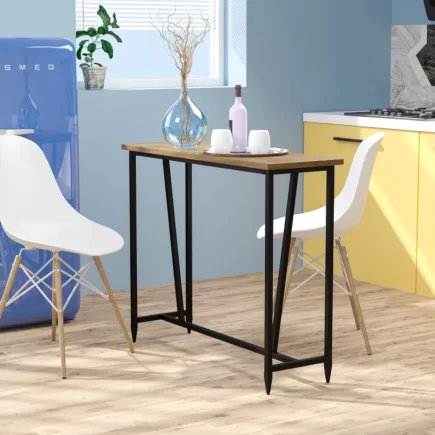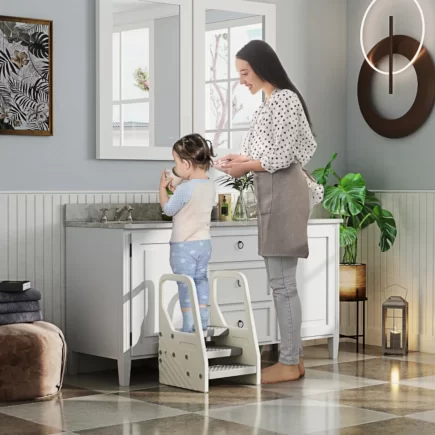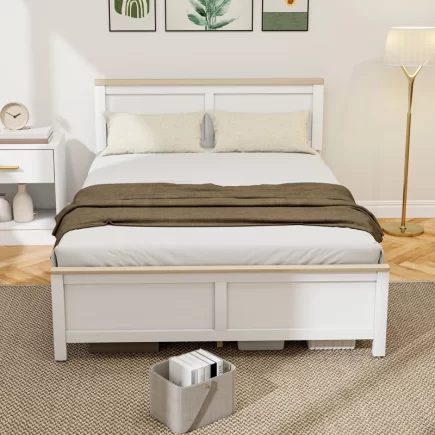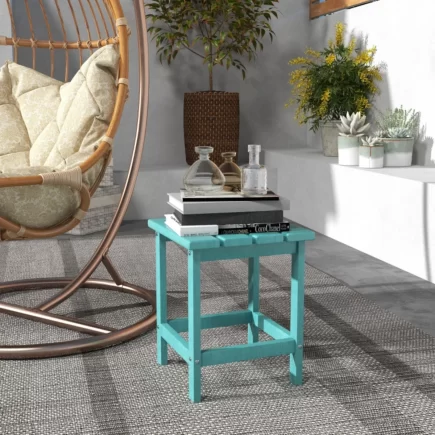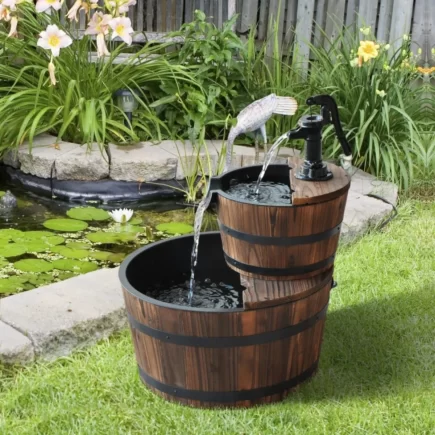Replacing the fabric on your patio chairs is a rewarding and cost-effective DIY project that can breathe new life into your outdoor furniture. Over time, exposure to the elements can cause wear and tear, resulting in faded, torn, or uncomfortable chairs. Instead of throwing them out or investing in costly replacements, refurbishing your patio furniture is an excellent way to improve both aesthetics and comfort without breaking the bank.

In this guide, we’ll walk you through every step of the process, ensuring a smooth and successful DIY fabric replacement project.
Gather the Tools You Need
Before you start replacing the fabric, gather the necessary tools and materials. Here’s a checklist to help you stay organized:
Tools:
- Utility knife
- Pliers
- Staple gun
- Scissors
- Screwdriver and drill
- Measuring tape
- Screws and fastener
- Thread for sewing
Having these tools and materials ready ensures you can work efficiently and avoid unnecessary delays during the project.

Choosing the Right Fabric for Outdoor Chairs
When selecting fabric for outdoor use, it’s important to pick materials that can withstand exposure to the elements. Some of the best options include:
- Sunbrella: A popular choice for outdoor furniture due to its durability, UV resistance, and water repellency.
- Acrylic Fabric: Known for its color retention and water-resistant properties.
- Polyester: Offers good durability and is often used in sling-style chairs.
- Mesh Fabric: Ideal for ventilation and comfort in warmer climates.
Fabric Considerations
- Durability: Ensure the fabric is designed to withstand outdoor conditions.
- UV Resistance: Choose UV-resistant fabric to prevent fading.
- Water Resistance: This feature helps in avoiding mildew and water damage.
- Mildew Prevention: Look for fabrics treated to resist mildew.
Additionally, the fabric’s color and pattern should complement your outdoor space. Neutral tones blend well with various decor, while bold colors and patterns make a statement.
Measuring for the New Fabric
Accurate measurements are essential when replacing fabric on your patio chairs. Here’s how to measure properly:
- Width: Measure from one side of the frame to the other where the fabric will be attached.
- Length: Measure from the top to the bottom of the frame, making sure to account for any curves.
- Depth (if applicable): If your chair has a back or seat with depth, measure this as well.
For irregular chair designs (e.g., curved frames), use a flexible measuring tape to ensure you get the most accurate measurements. Remember, it’s better to measure twice than to risk cutting the fabric too short.
Removing the Old Fabric
- Disassemble the Chair: If your chair has removable parts like cushions or backrests, start by unscrewing them carefully. This makes accessing the fabric easier.
- Detach Old Fabric: Inspect the old fabric to see if it’s stapled, nailed, or sewn. Using a flathead screwdriver or a staple remover, slowly detach the fabric, taking care not to damage the chair frame, as you may want to reuse it.
- Clean the Frame: Once the fabric is removed, clean the chair frame of any dust, dirt, or adhesive residue. This ensures that the new fabric adheres properly and gives the chair a fresh, clean look.
Preparing the New Fabric
Now it’s time to prepare the new fabric for installation. Here’s how to do it:
- Cut the Fabric to Size: Make sure the fabric is cut slightly larger than the measurements to allow for adjustments.

- Heat Vinyl Fabric: If you’re working with vinyl, gently heat it to make it more pliable. This makes it easier to stretch and secure during installation.
- Prepare the Edges: To avoid fraying, consider hemming or sewing the edges of the fabric if necessary. This will help the fabric last longer and look more polished.
Installing the New Fabric
Here’s how to install the new fabric:
- Position the Fabric: Lay the cut fabric over the chair frame, ensuring it’s centered and aligned. Stretch the fabric tightly to eliminate any wrinkles or sagging. This step is crucial for a professional, sleek appearance.

- Use a Staple Gun: Starting at one side of the chair, use the staple gun to secure the fabric to the frame, working your way around. Place staples about 1-2 inches apart. Ensure the fabric is taut but not overstretched. Pay extra attention to corners for a clean, polished look.
- Sewing Option for Intricate Designs: If you’re looking for a more precise and durable finish, consider using a heavy-duty sewing machine to attach the fabric. This method works best for chairs with complex shapes or intricate designs.
Stretching and Securing the Fabric
One of the most critical steps in fabric replacement is stretching the fabric properly:
- Stretch the Fabric Evenly: Use pliers or clamps to pull the fabric tightly over the frame. This will prevent wrinkles and sagging over time.

- Apply Even Tension: It’s important to distribute the tension evenly across the fabric. This ensures the chair remains comfortable and the fabric doesn’t loosen or stretch out of shape.
Common Fabric Replacement Issues
During the installation process, you might encounter a few challenges. Here’s how to handle them:
- Fabric Misalignment: If the fabric is not lining up properly, carefully remove the staples and re-stretch the fabric before re-stapling.
- Wrinkles: If the fabric has wrinkles, try using a heat gun to gently stretch and smooth it out. Alternatively, repositioning the fabric while securing it can help reduce wrinkles.
- Sagging: If the fabric sags after installation, check the tension and adjust as necessary. Tighten the fabric more evenly across the entire chair.
Reassembling and Final Adjustments
Once the fabric is secure, it’s time to reassemble the chair:
- Reattach Chair Components: If you removed any spreader bars, end caps, or bolts, now is the time to reassemble them.
- Tighten the Screws: Make sure all screws and fasteners are tightened securely to prevent wobbling and ensure stability.
Maintenance Tips for Your New Patio Chair Fabric
Proper maintenance will ensure your newly refreshed patio chairs last for years to come:
- Clean Regularly: Wipe down fabric with mild soap and water to remove dirt. For stubborn stains, use a fabric cleaner that’s safe for outdoor furniture.
- UV Protection: Use a fabric protectant to shield the fabric from UV damage, which can cause fading over time.
- Store During Off-Season: Protect the fabric by storing your chairs in a dry, shaded place during the off-season to prevent unnecessary wear.
Revitalize Your Patio Chairs for a Lasting Outdoor Experience
Replacing the fabric on your Patio Chairs is a simple and rewarding DIY project that can significantly enhance your outdoor space. By following the steps outlined above, you can restore your chairs to their former glory and enjoy your outdoor area for years to come. Not only does this project improve the aesthetic appeal of your patio, but it also ensures that your furniture stays comfortable, durable, and functional for a long time.
FAQs
1. What should I do if the fabric is too tight to stretch properly?
If the fabric is too tight, try loosening the tension slightly and repositioning it before stapling. You can also apply a bit of heat to vinyl materials to make them more pliable and easier to stretch.
2. Can I use any type of fabric for patio chairs?
Not all fabrics are suitable for outdoor use. Opt for materials that are UV-resistant, water-repellent, and mildew-resistant, such as acrylic fabrics, which are designed to withstand the elements.
3. How do I keep my new fabric from fading in the sun?
To prevent fading, regularly apply a fabric protectant designed for UV protection. Storing the chairs in a shaded area during the off-season also helps minimize sun exposure.

